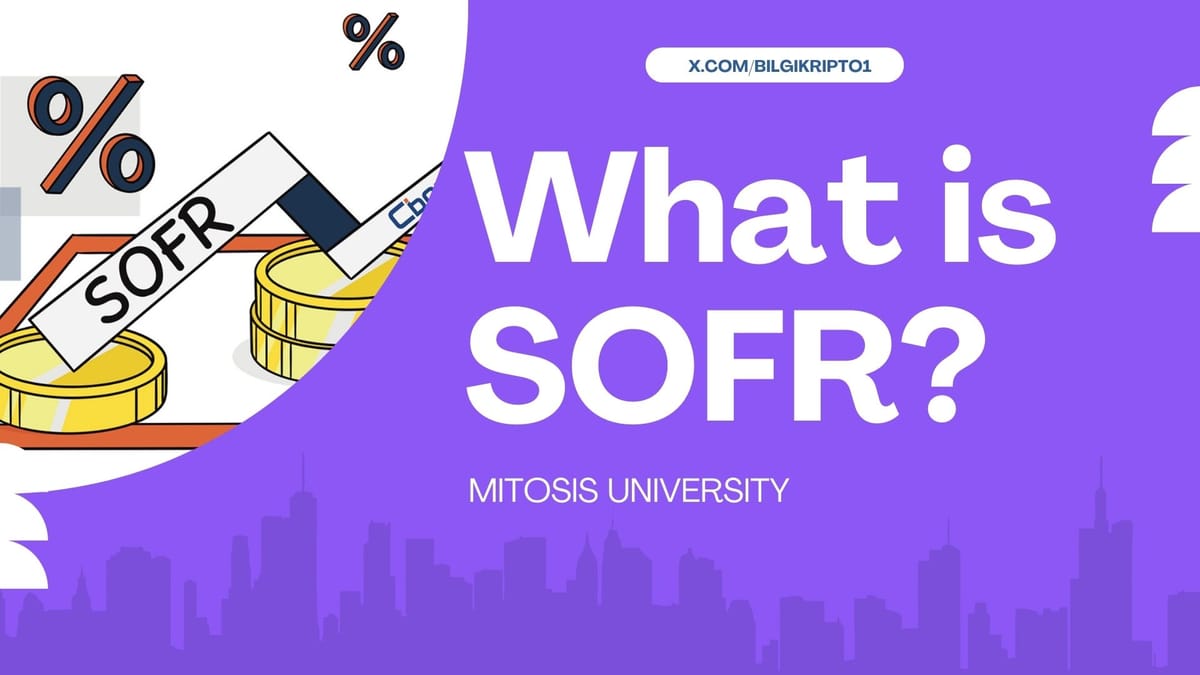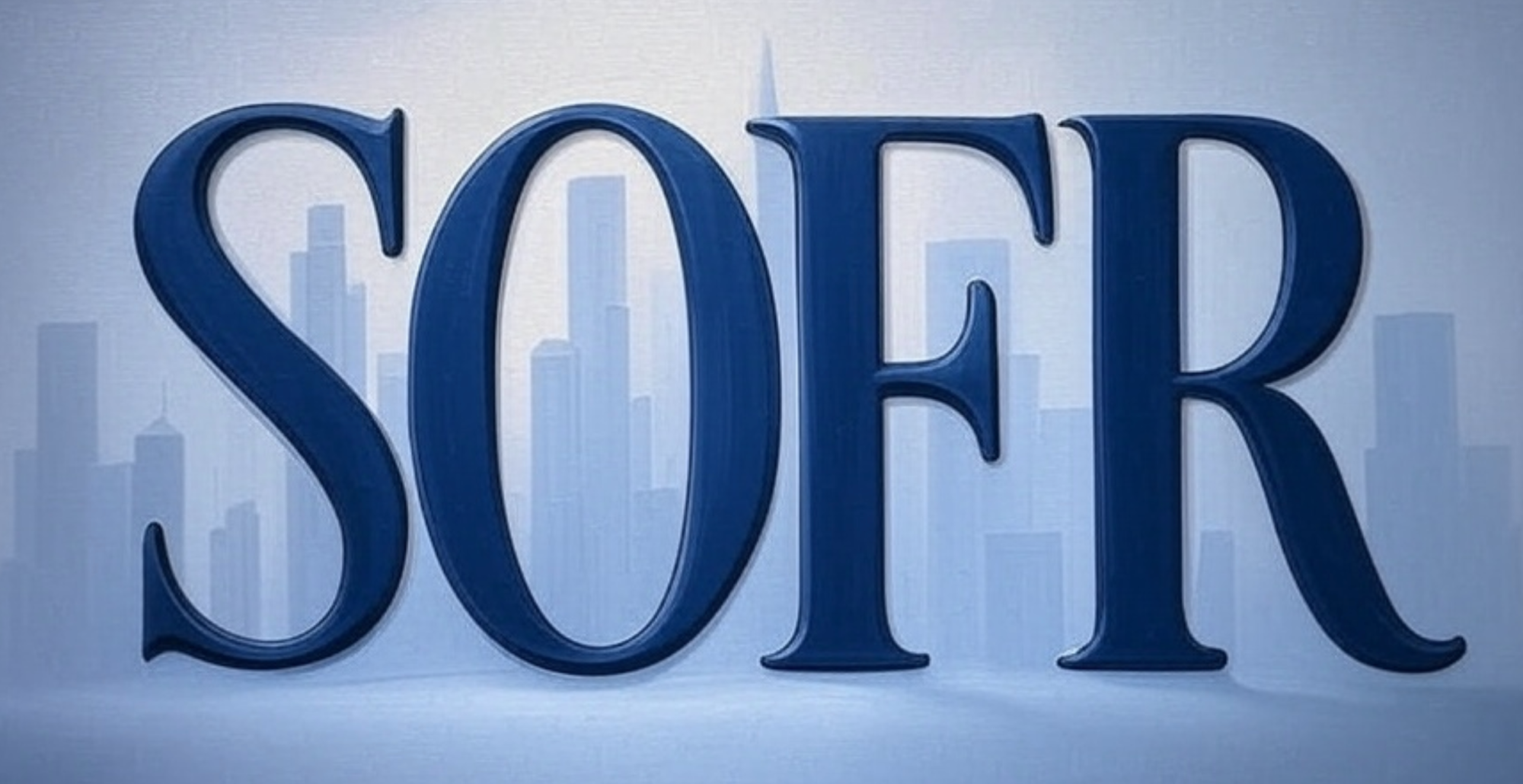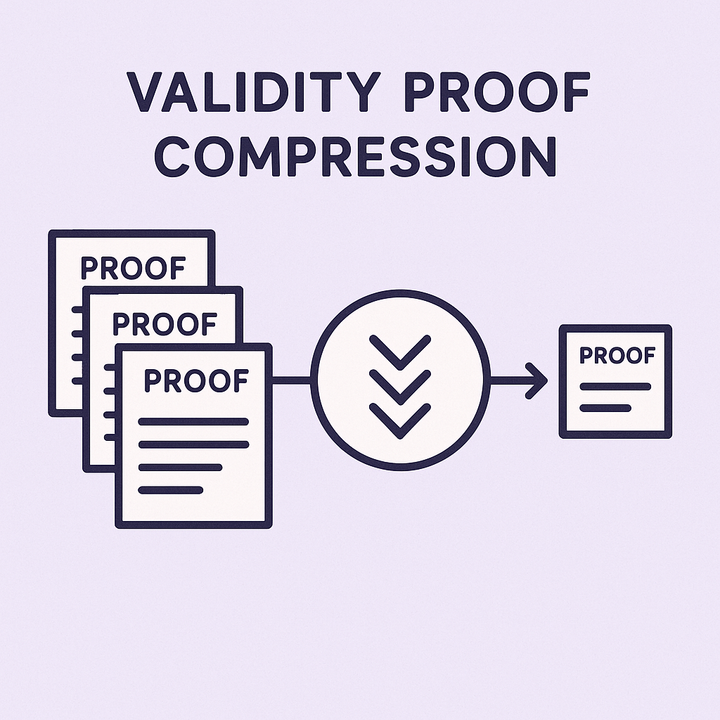What is SOFR? The New Trusted Guide in the World of Finance

SOFR Lies at the Heart of Financial Transformation
The world of finance is evolving every day to become more transparent, reliable, and sustainable. One of the key terms at the center of this transformation is SOFR the Secured Overnight Financing Rate.
Following the 2008 global financial crisis, trust in financial markets began to be questioned once again. One of the biggest realizations brought about by the crisis was the vulnerability of LIBOR to manipulation. As a result, a more reliable replacement for LIBOR was sought, and SOFR emerged as a strong contender to fill that gap.
In this article, we’ll dive deep into what SOFR is, how it works, why it matters, and how it is used in the financial world with plenty of examples. You’ll even see how SOFR impacts real-life financial decisions through the eyes of an investor named Nuri.
How Did SOFR Emerge and How Does It Work?
What Is SOFR?
SOFR is a rate that reflects the interest on secured overnight borrowings backed by U.S. Treasury securities. It is calculated by the Federal Reserve Bank of New York and published every day at 8:00 AM.
For example, investor Nuri works at an investment fund. To manage cash flows more efficiently, he engages in overnight borrowing using Treasury securities as collateral. The interest cost of that borrowing is determined by SOFR.

How SOFR Is Calculated
SOFR is derived from three main types of repo transactions:
- Third-party repo transactions
- General Collateral Financing (GCF) repo transactions
- Bilateral repo transactions
All of these are analyzed using a volume-weighted median method. For instance, if Nuri’s fund borrows via a GCF repo transaction, the interest rate of that transaction is included in the SOFR calculation.
Why SOFR?
- Based on actual transaction data
- Transparent and resistant to manipulation
- Backed by secure collateral such as U.S. Treasury securities
- Daily transaction volume exceeds $1 trillion
Thanks to these features, SOFR has become not only a benchmark in the U.S. but also a global symbol of trust in the financial system.
SOFR in Practice: Understanding Through Nuri’s Story
Using SOFR in Loans and Bonds
Investor Nuri structures corporate loans. Instead of LIBOR, he now uses SOFR to determine interest rates. For example, when giving a 5-year loan to a company, he structures the interest rate as "SOFR + 1.5%". This makes the borrowing cost more transparent and accurate.
Hedging with SOFR Futures
One day, Nuri anticipates that SOFR rates will rise in the coming months. The value of his long-term debt instruments might be negatively affected. To mitigate this risk, he purchases 3-month SOFR futures from the Chicago Mercantile Exchange (CME).
These contracts allow Nuri to hedge his portfolio against rising interest rates. If rates do rise, he profits from the futures to offset his potential losses.
SOFR Averages and Indexes
Another of Nuri's roles is managing a mortgage backed securities portfolio. Overnight rates alone are not suitable for valuing these long-term instruments. That’s why he uses 30-, 90-, and 180-day SOFR averages to assess bond values and perform more realistic risk analyses.

Advantages of SOFR: Why Nuri Trusts It So Much
- Transparency: Based on actual transactions, not estimates
- Security: Backed by solid collateral like U.S. Treasuries
- Global Acceptance: Aligned with international standards
- Rich Data: Detailed information shared by the New York Fed
In Nuri’s words:
“With the old system, you didn’t even know who you were trusting. Now, thanks to SOFR, everything is clearer and fairer.”
Challenges of SOFR: Like Any New System...
- Limited to Overnight Rates: Not directly suitable for long-term products
- Transition Costs: Contracts had to be rewritten during the LIBOR-to-SOFR shift
- Volatility: Rates can fluctuate sharply when markets are under pressure
Nuri puts it this way:
“Every system has its challenges. But these are manageable ones.”
SOFR vs. Other Rates
| Benchmark | Basis | Collateral | Based on Estimate? | Use Case |
|---|---|---|---|---|
| SOFR | Actual repo transactions | U.S. Treasuries | No | USD-based transactions |
| LIBOR | Bank estimates | None | Yes | Being phased out |
| Federal Funds Rate | Unsecured interbank lending | None | No | Fed policy benchmark |
| €STR / SONIA | Euro/U.K. repo transactions | Government-like | No | Regional applications |
Conclusion: A Safer Financial Future with SOFR
In a time when traditional benchmarks have shown their weaknesses, transparent and solid systems like SOFR are becoming the new backbone of finance. Whether you're a bank, a large fund manager, or an individual investor, making financial decisions based on trustworthy data is now a necessity.
As seen in Nuri’s story, SOFR makes it possible to measure risk accurately and look toward the future with greater confidence. It may seem a bit complex at first, but the financial world of tomorrow is being built on foundations like these.
Pro Tip:
To explore SOFR further, you can follow the New York Fed’s official website for daily rates and historical performance data

Comments ()